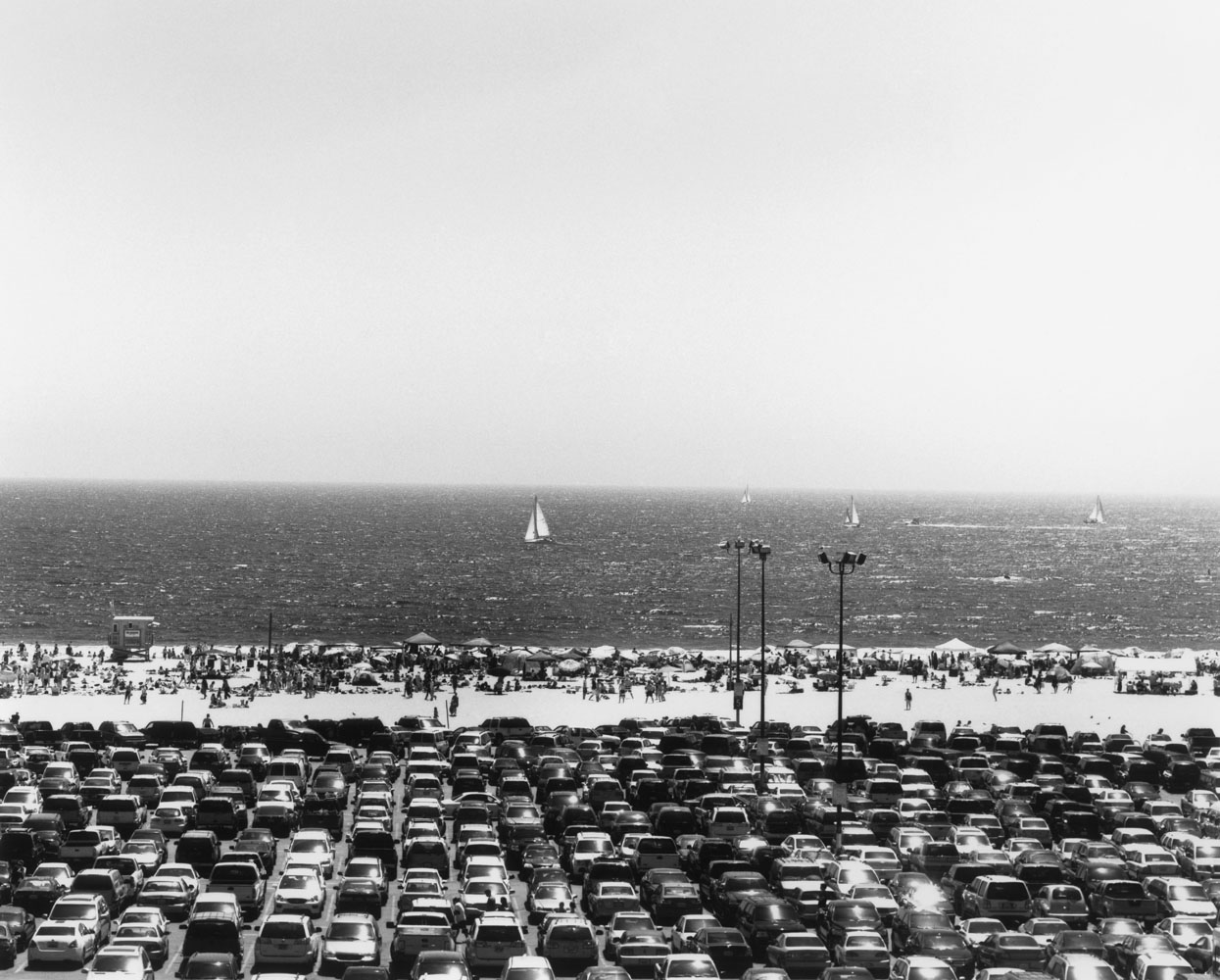
Bruce Davidson is part of a generation of documentary photographers who emerged in the 1960s: Danny Lyon, Lee Friedlander, and Diane Arbus, to whom he was once close. He is best known for his photographs of people such as “East 100th Street,” “Brooklyn Gang,” “Freedom Rides,” “Subway,” but in the last twenty years has dedicated himself to an exploration of nature within cities, which has taken him from New York’s Central Park to Paris. His latest series on Los Angeles completes this trilogy.
How does this photographer of human beings explain his recent pursuits? “Landscape is people to me,” he explains. “To me a tree is as lovely as a bathing beauty.”
His relationship to nature goes back a long way: “I grew up in Chicago across the street from a forest preserve. When I was ten years old I photographed owls. I always had a feeling for vegetation and the desert. When I was in the military I spent about a year in the Arizona desert. I enjoyed the exploration of things related to nature.”
His new exhibition focuses on two parallel series shot in Los Angeles in 1964 and 2008. The two series could not be more different: it is as if in this 44 year interval Bruce has “tamed” a place that seemed at first to be alien territory. Together, the two series form a lyrical poem of sorts, an unlikely ode to a city that to most of us is not much more than a cliché.
Davidson’s 1964 photographs give out a feeling of alienation and loneliness. Everything seems grey, lackluster and tawdry.
“In 1964 I was asked by Esquire magazine to photograph Los Angeles. It was dull and sort of lonesome. They were just getting started with the building. The editor did not understand the pictures at all. He gave them back to me and they stayed in my drawer until 1978.”
There are men playing chess, athletes on Venice Beach, surfers, people waiting at a bus stop, most seen from afar. They seem like characters in a noir movie, dwarfed by a sea of interlocking highways and ugly concrete street malls. Buildings and cars have an air of unreality. A stocky, bespectacled woman pushing her cart looks like Duane Hanson’s fiberglass sculpture “Supermarket Shopper.”
In Davidson’s latest series, shot with a Linhoff medium format camera and a Hasselblad, a sensuous black and white palette seems to evoke all the absent colors. “LA always was a black and white picture for me. I thought that I would never find the right green,” Davidson explains.
Intent on photographing nature within the city, he went looking into unlikely places, including below the highways: “I had this vision of the superhighways, the freeways, commingling with trees… Underneath the 405, ivy was growing. Nature clings, nature will adapt, nature will find a way to live. Even under concrete, nature is there, surrounding the grid of the city itself.”
In Los Angeles, he was struck by a range of nature that goes from desert to what he calls a Maine-like abundance. He is especially drawn to the palm trees, their brittle leaves, their rough-textured trunks, the shadows they project, their spiky silhouettes at dusk: “Palm trees are very lyrical because they are not needed. They don’t give shade and they don’t produce a lot of photosynthesis.”
In his view of the Mulholland Highway, high grasses and a rolling hill dwarf a city seen from afar, drowning in the smog. To shoot the famous Hollywood sign from behind, Davidson climbed up a steep hill to show the scaffolding that holds the sign, like someone who, in a theater, would go behind the décor to see how it is all constructed.
“In L.A. I was not looking for anything,” says Davidson. “I wanted something to look for me. There isn’t an agenda. The photographs are not “about” anything. I only want to find beauty in banality. And that too can be very political.”
And what does the veteran photographer, whose career began in 1957, want to do now? “I don’t know what I’ll do next but it always has to come from inside, some sort of quest, a mystery, a magic that gets you into a world. The quest is as important as the outcome.”
Bruce Davidson is an American documentary photographer and has been member of Magnum Photos for 55 years. His exhibition Los Angeles 1964/2012 is on view at Rose Gallery in Santa Monica, Calif. from August 10 – September 21, 2013.
Carole Naggar is a photo historian and poet. She recently wrote for LightBox on Chim’s images of children in Europe after World War II, the visual fables of Pentti Sammallahti and Marc Garanger’s portraits from 1960s Algeria.
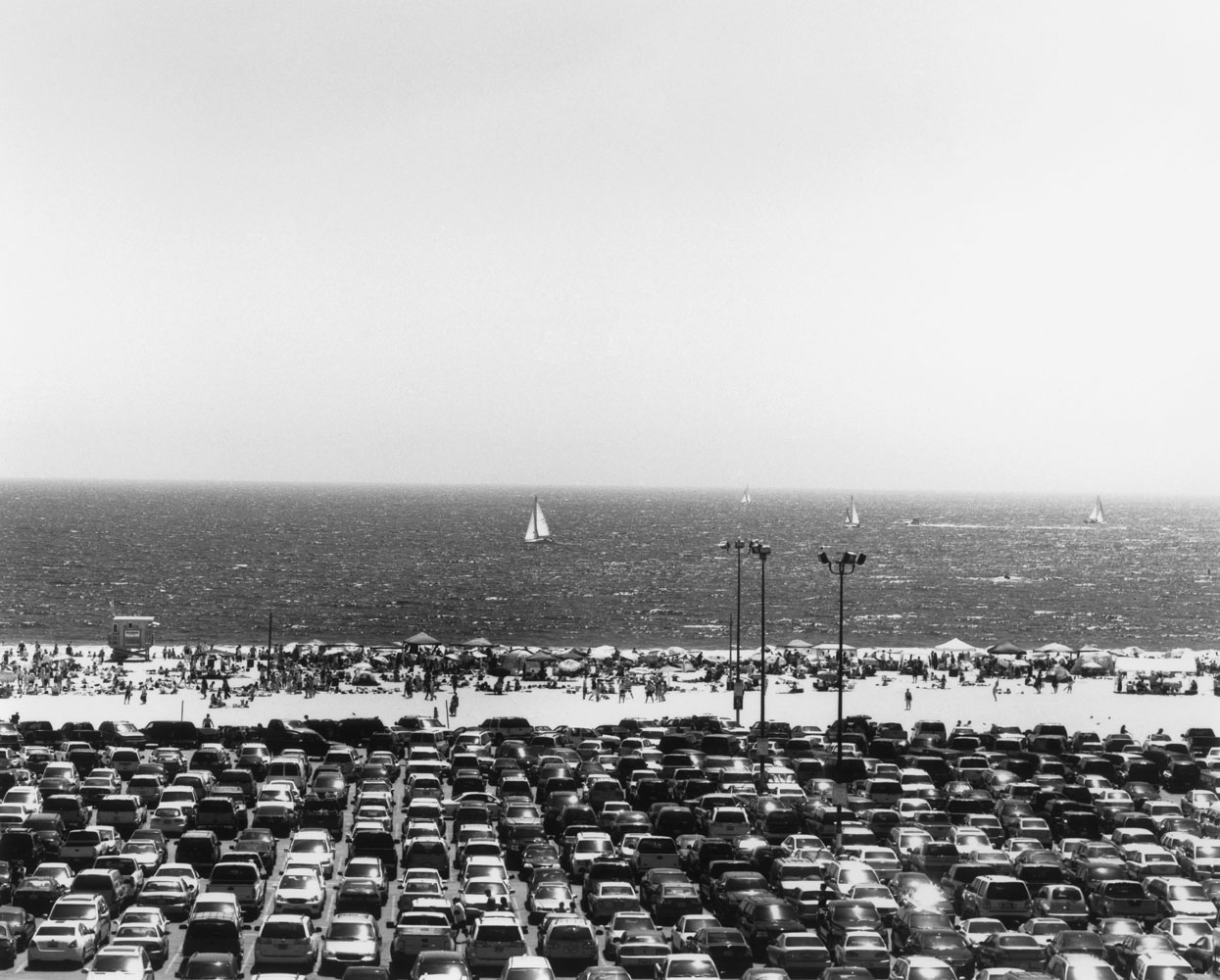

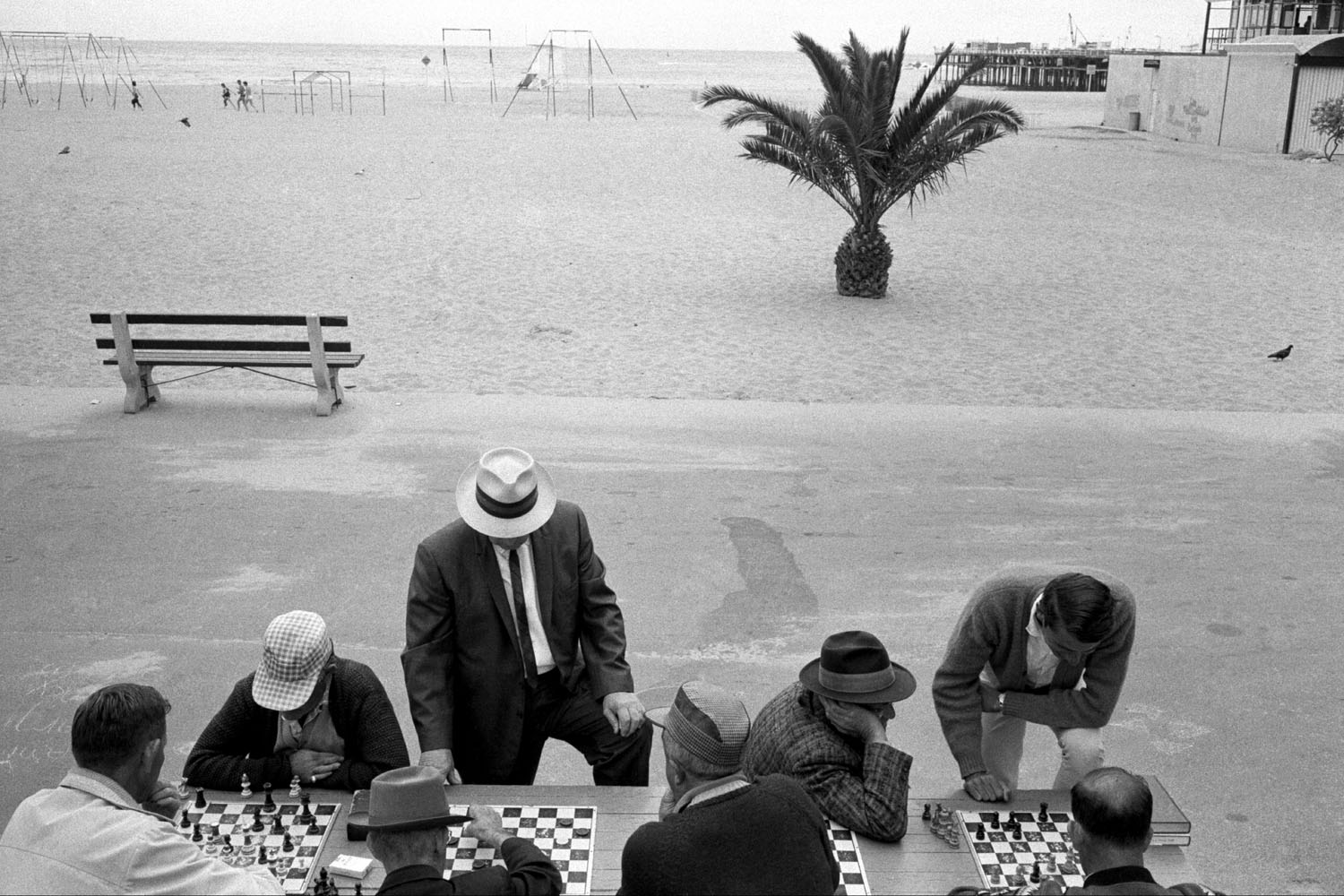
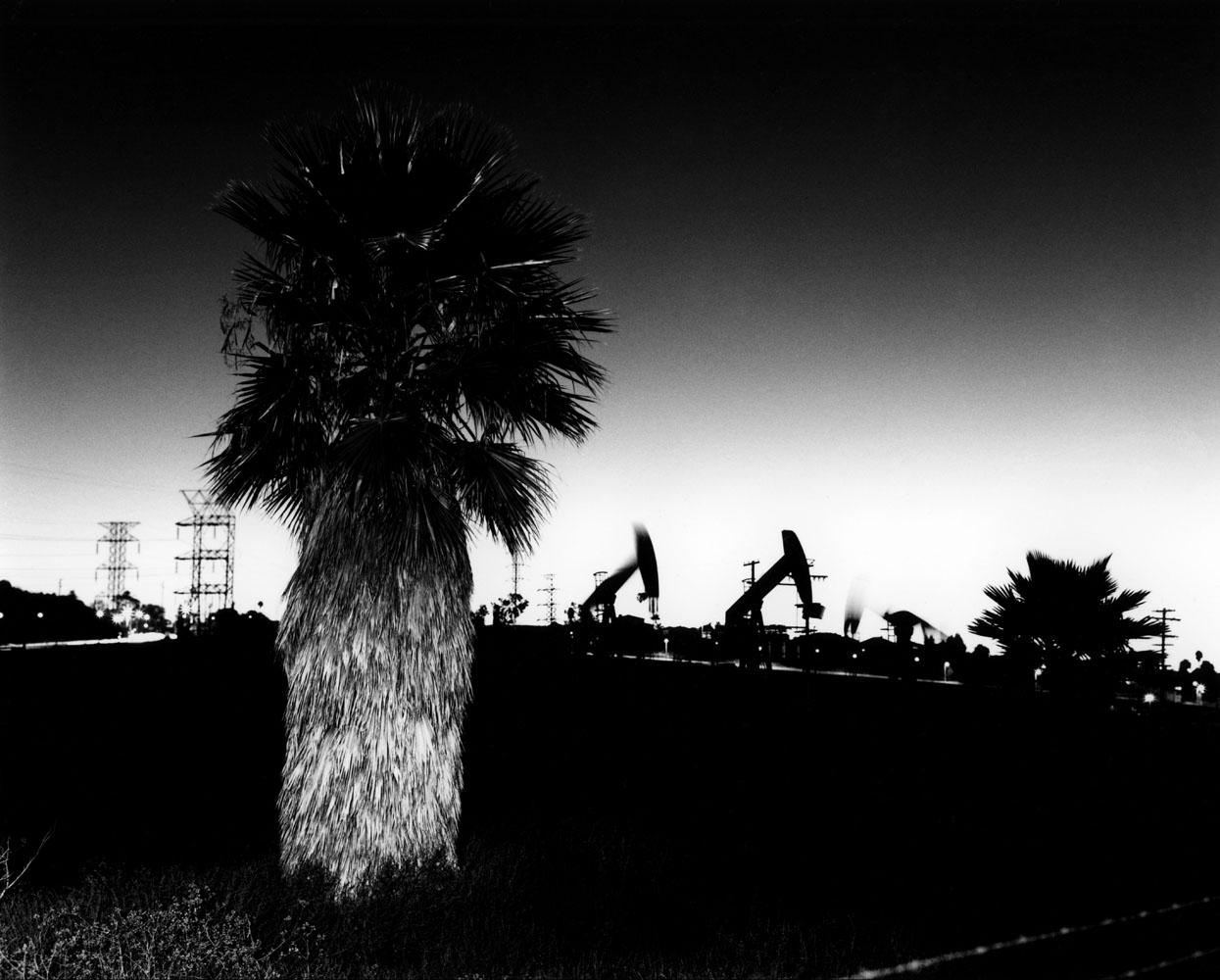
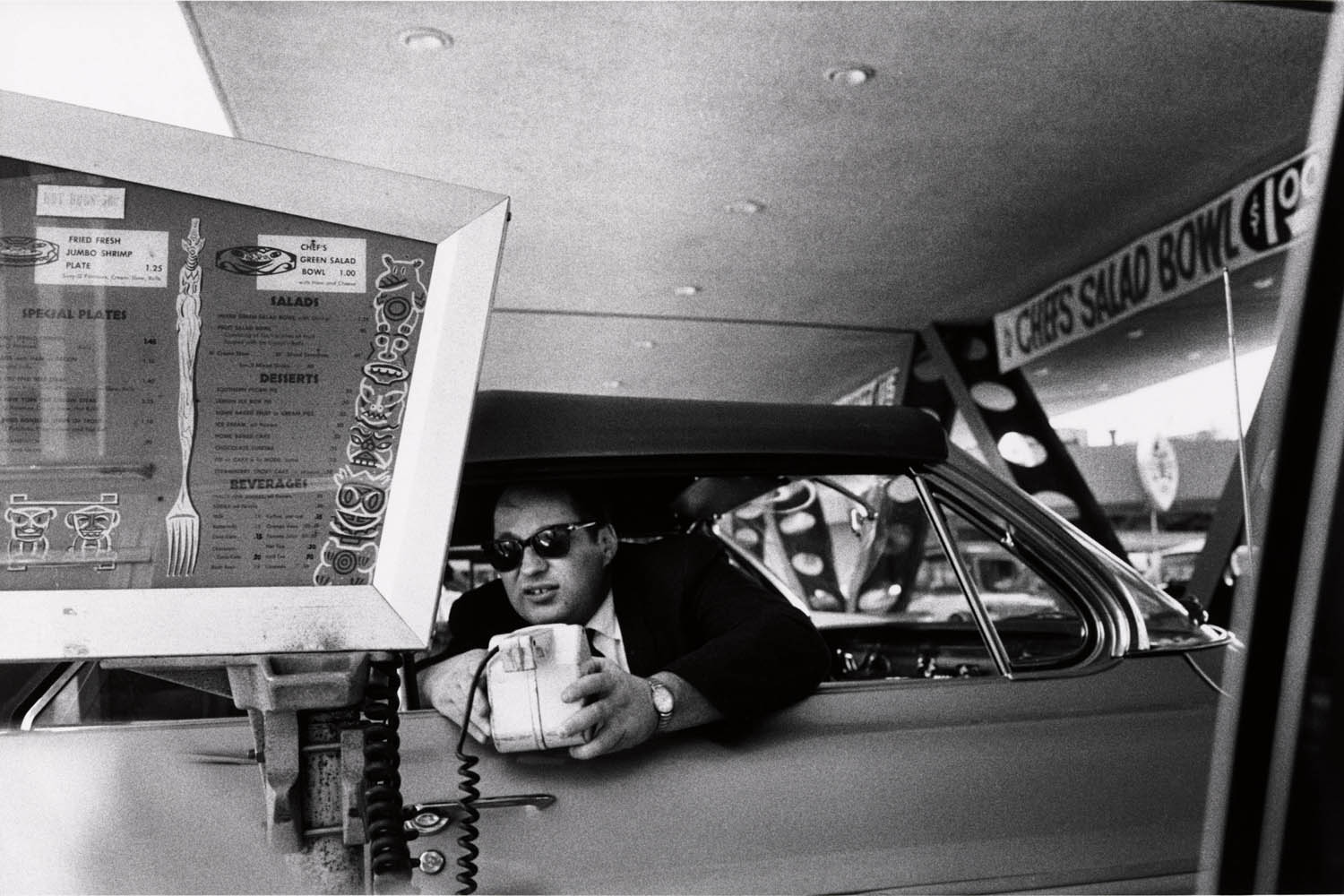
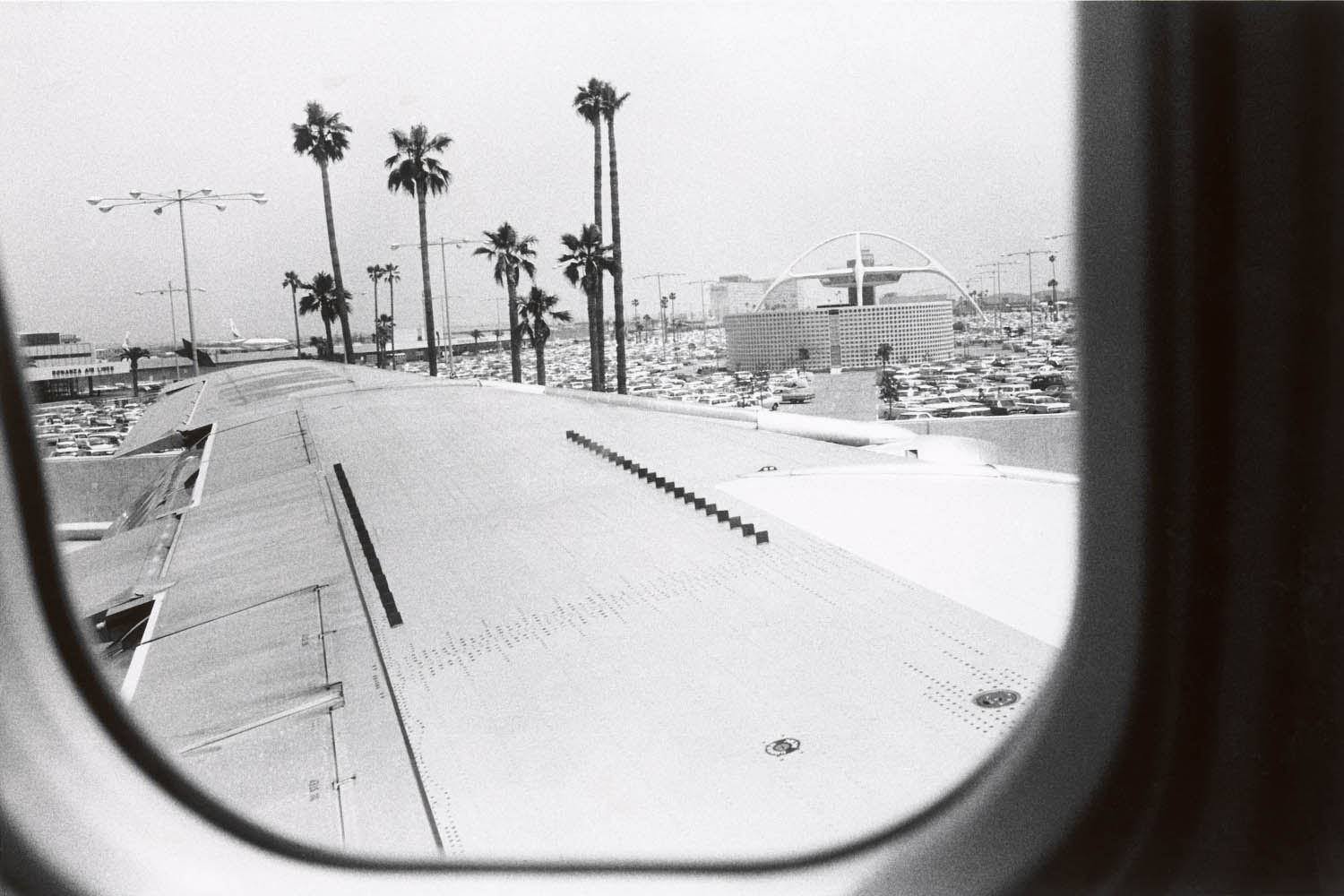

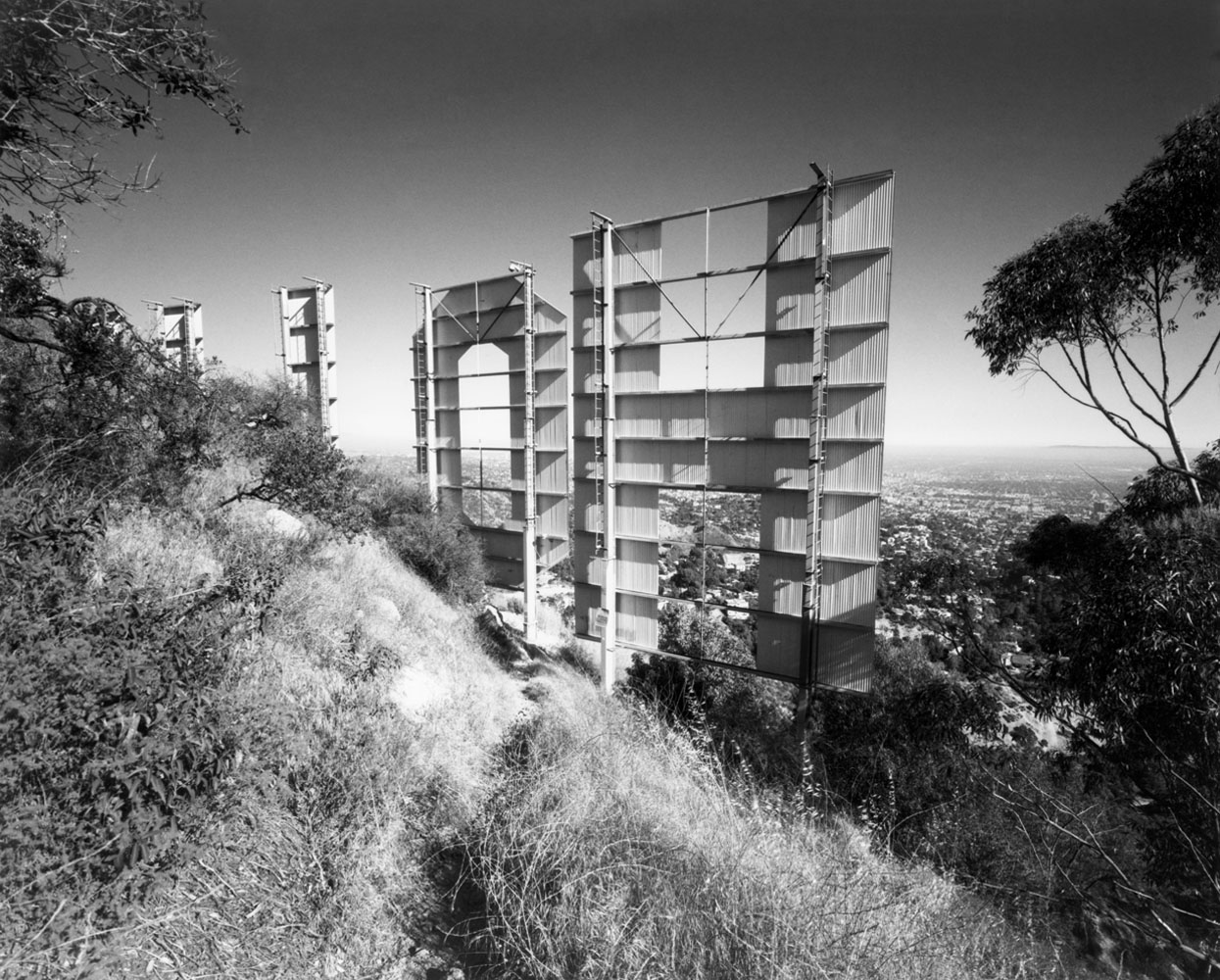
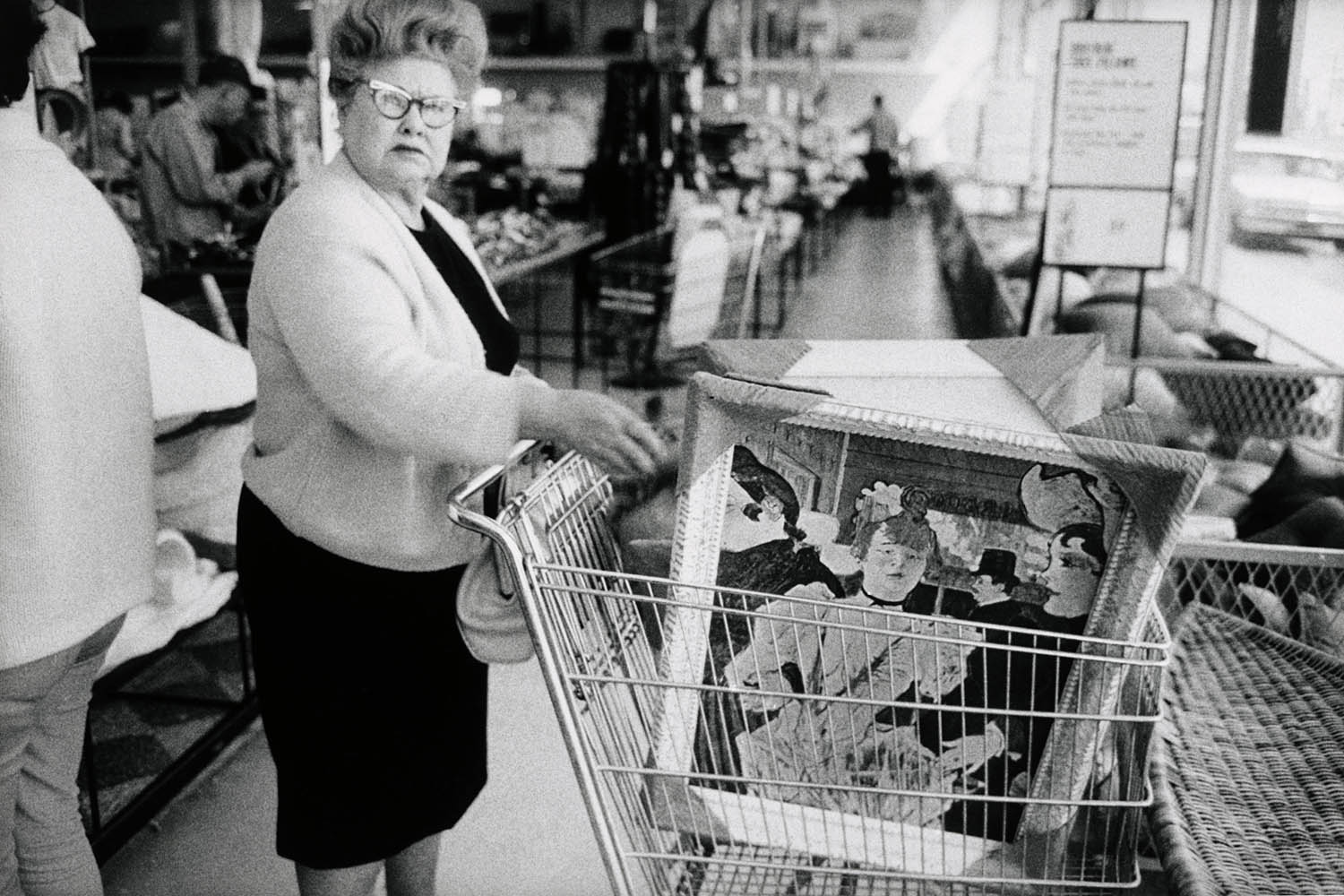
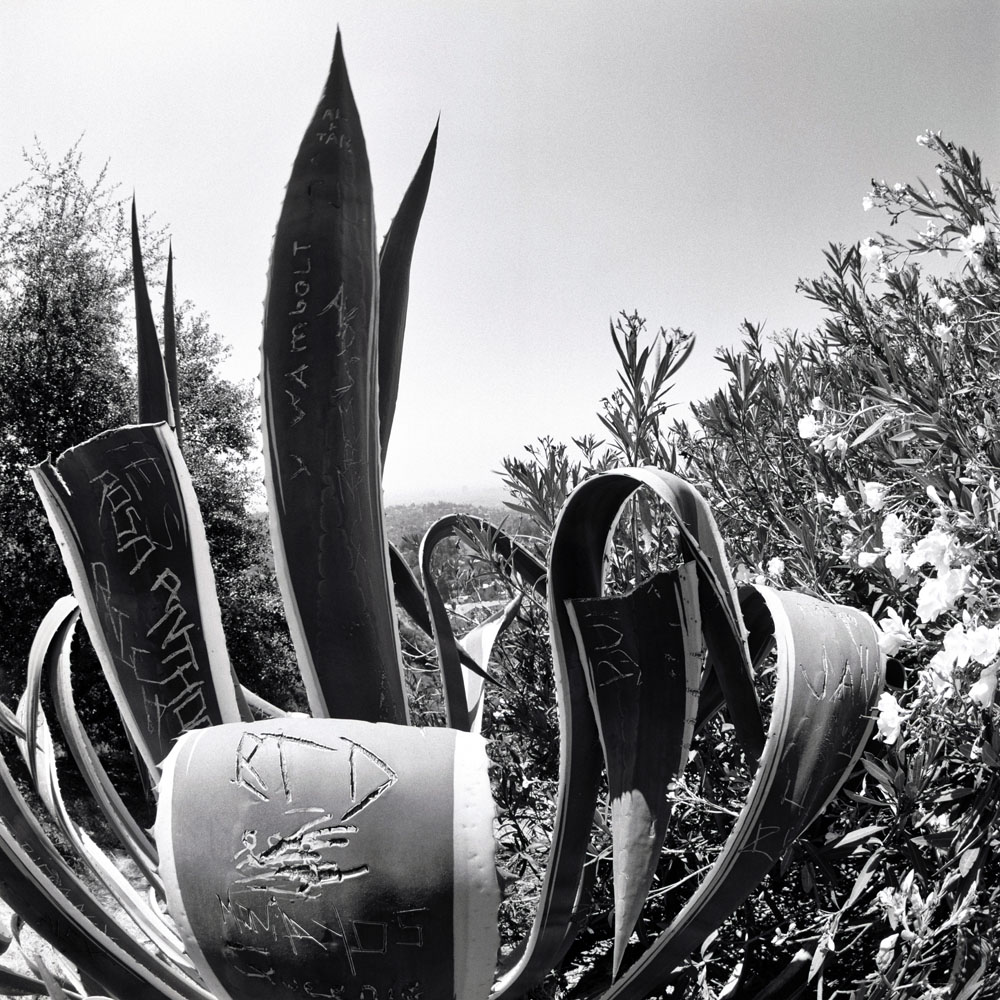
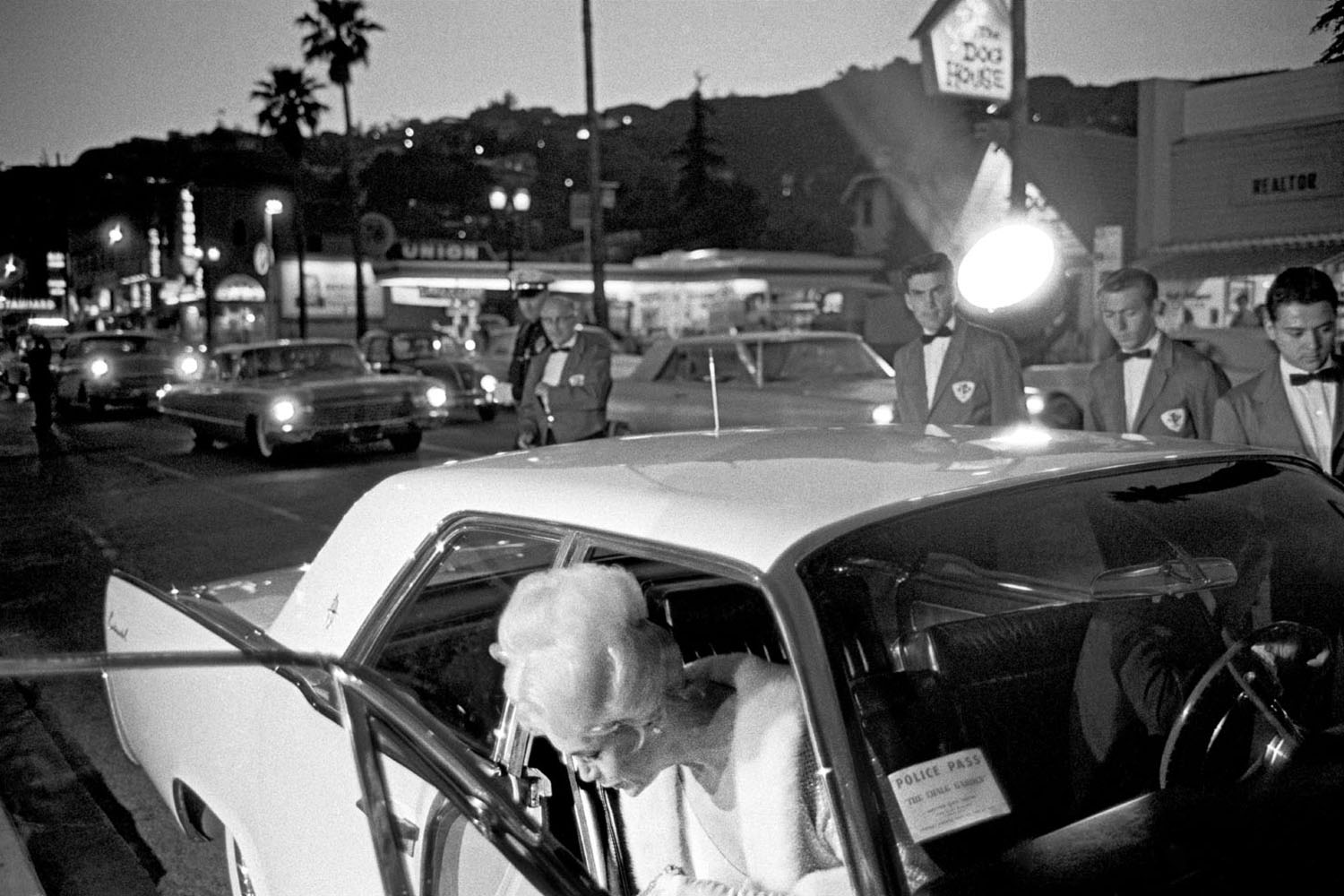
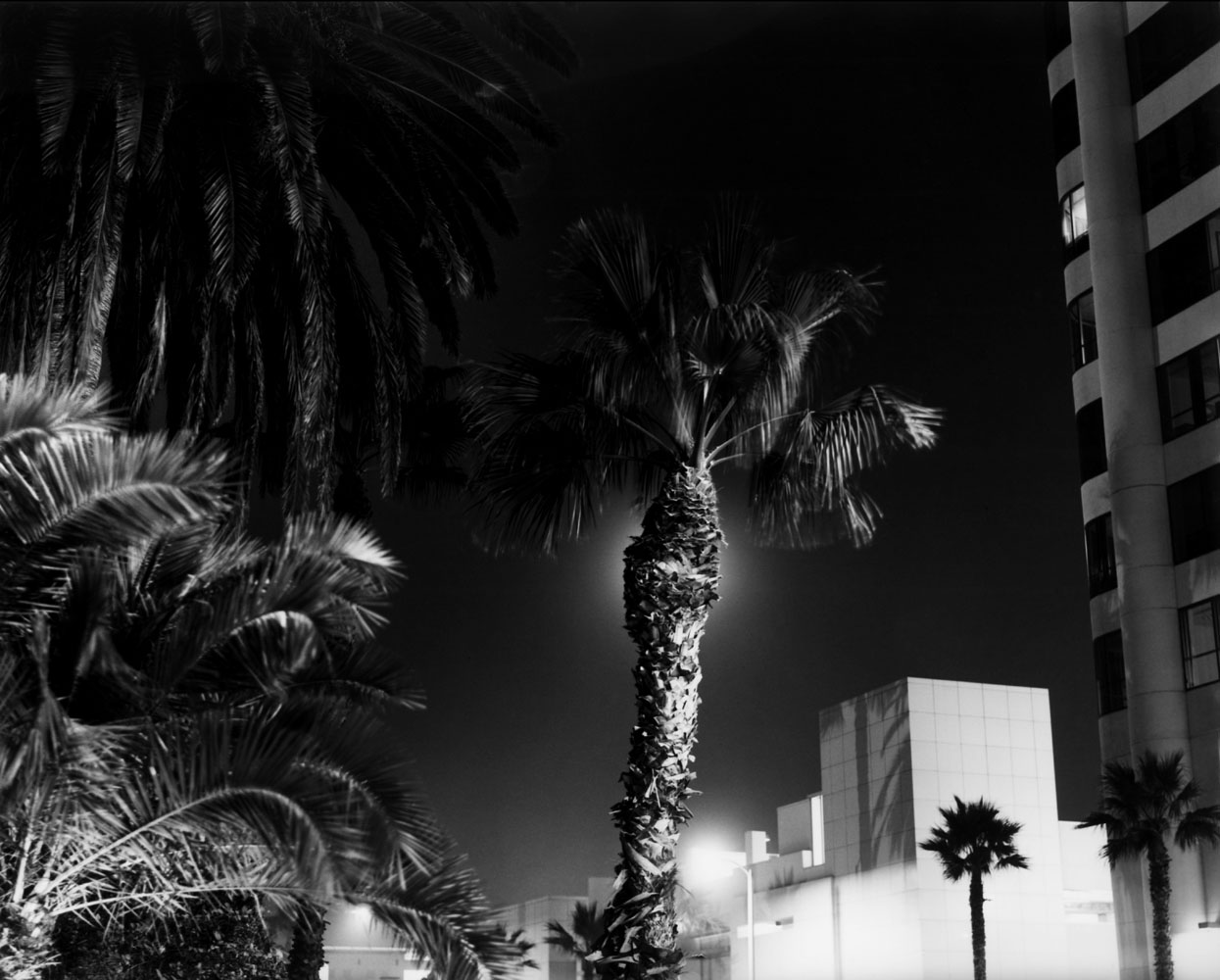
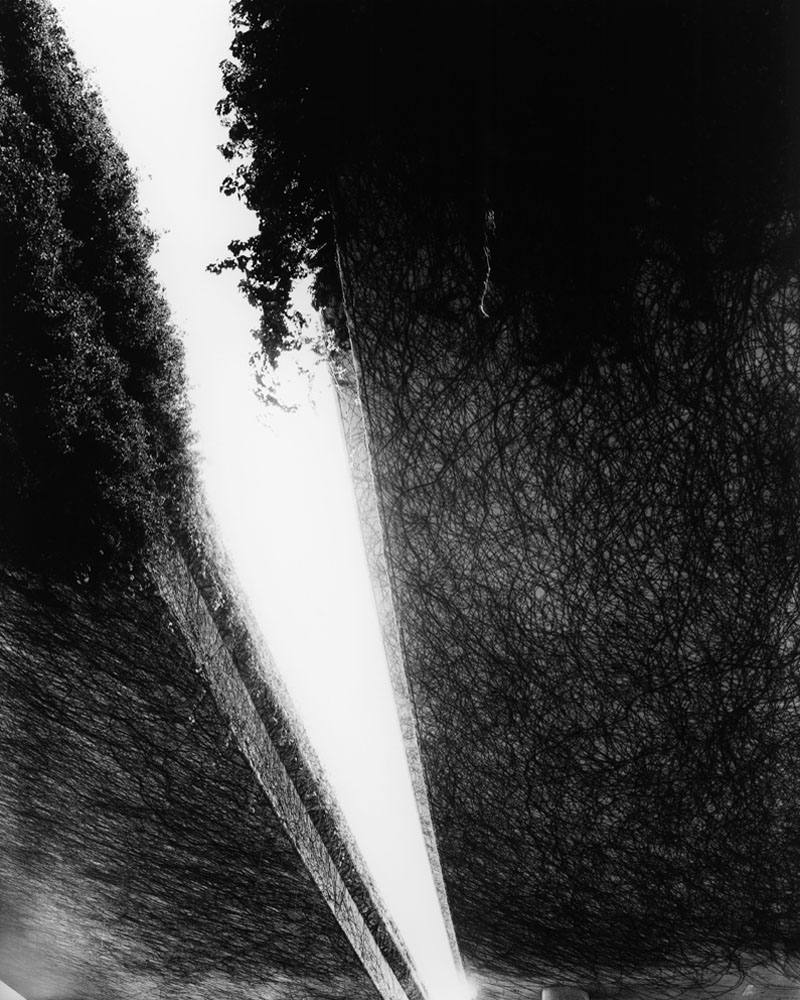
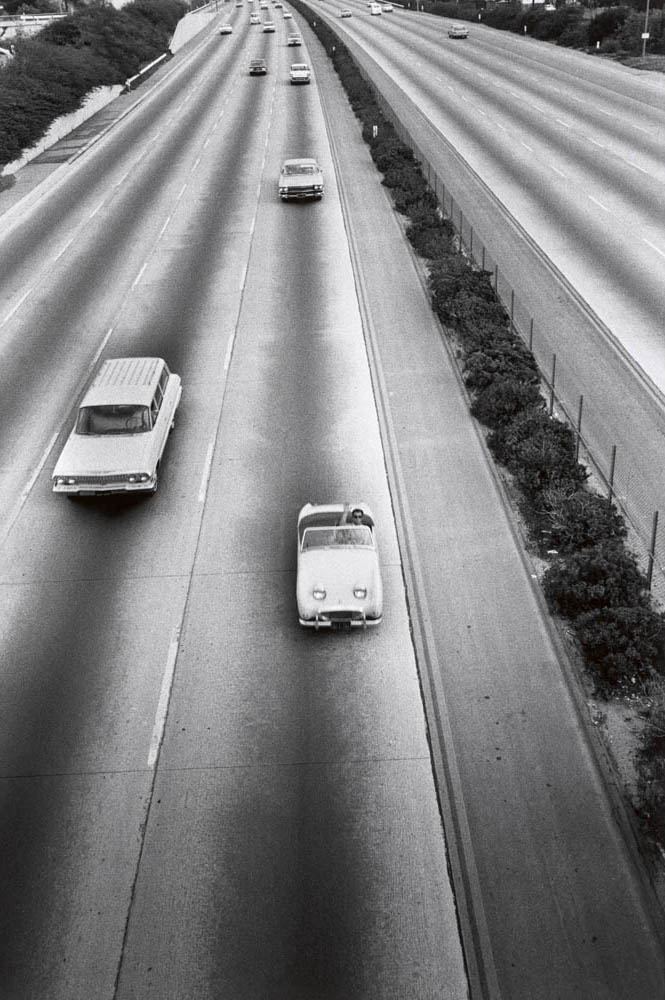
More Must-Reads from TIME
- Donald Trump Is TIME's 2024 Person of the Year
- TIME’s Top 10 Photos of 2024
- Why Gen Z Is Drinking Less
- The Best Movies About Cooking
- Why Is Anxiety Worse at Night?
- A Head-to-Toe Guide to Treating Dry Skin
- Why Street Cats Are Taking Over Urban Neighborhoods
- Column: Jimmy Carter’s Global Legacy Was Moral Clarity
Contact us at letters@time.com